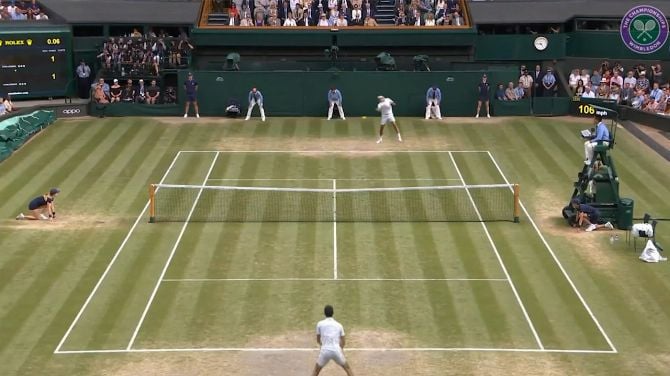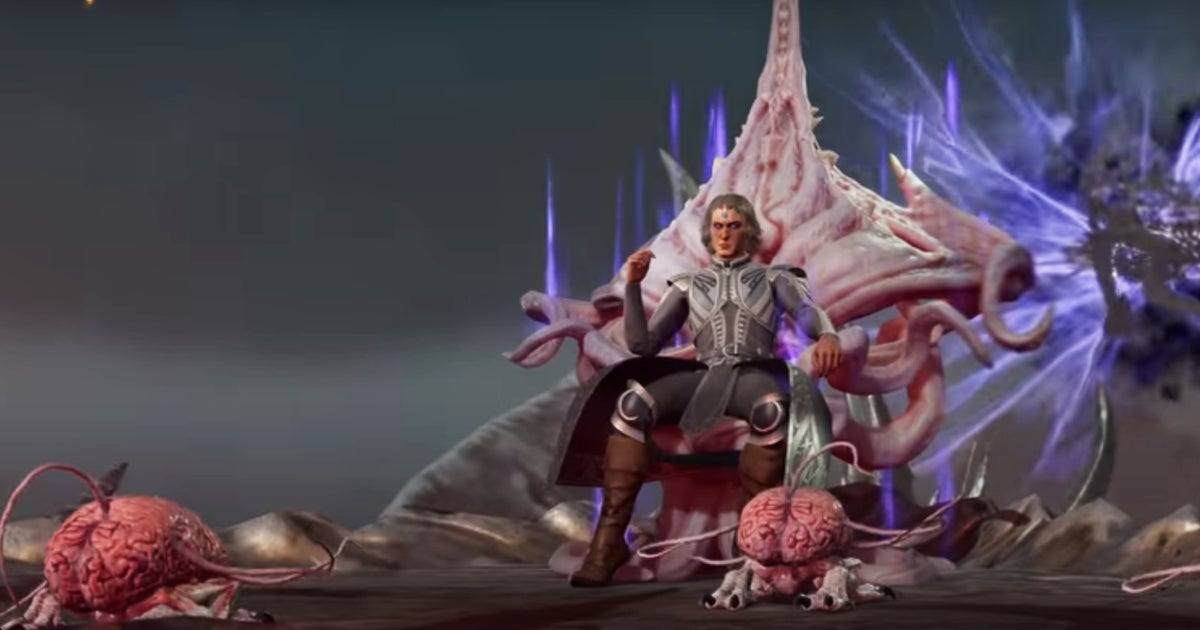Photoralism is a level of rendering that many game developers strive to achieve. And this for a long time. It may be that researchers have just achieved this in an unexpected way.
see also: Tennis World Tour 2 goes up to the net with gameplay
A group of four researchers at Stanford University in the United States has just published the results of their work on integrating and controlling video sprites in a game. This project is called Vid2Player: Controllable Video Sprites That Behave and Appear Like Professional Tennis Players. And the result is impressive to say the least.
As shown in the video above, the Vid2Player system allows you to play a game of tennis almost identical to a match broadcast on TV. According to the researchers, their tool converts annotated video sequences of tennis matches broadcast on TV and turns them into editable sprites.
Obviously, the explanations of how Vid2Player works are very technical. To sum up, scientists have a video database for each player. And they use the knowledge available to the public regarding the cyclical nature of exchange rates in tennis games to manage the transitions between two video clips and to determine when to accept player input.
The system created by the researchers also uses key moments from this library of videos to generate in-game behaviors reflecting the choices of positioning or action that a particular player could make during a real match depending on various situations.
University researchers explain that their system allows to create matches resembling a television broadcast of the Wimbledon tournament and impossible matches in reality like Roger Federer against himself or that same Federer against Serena Williams.
The rendering is obviously not perfect, transitions can still be noticed and there are some small imperfections in terms of display (players do not have shadows for example). But the system clearly has potential and can only improve over time. Stanford researchers, for example, evoke the effects of expanding their video database (which currently only has “a few thousand” videos) or adding other camera angles. The concept is therefore still in its infancy.
It is already conceivable that tennis broadcasters decide to use Vid2Player to generate simulations of matches, the approach of tournaments for example. And it will be interesting to see if this system could be used in real games.
What do you think of the work done by these scientists? Would you like games to offer such a rendering? Do you think this system could be used in video games? Give us your opinion in the comments below.









